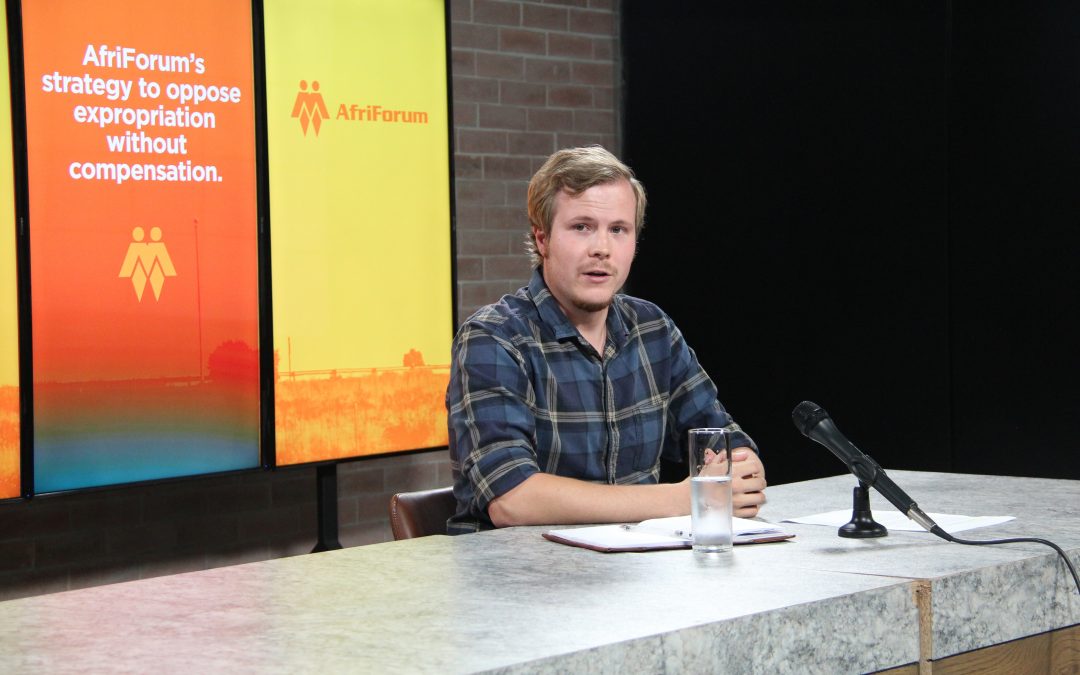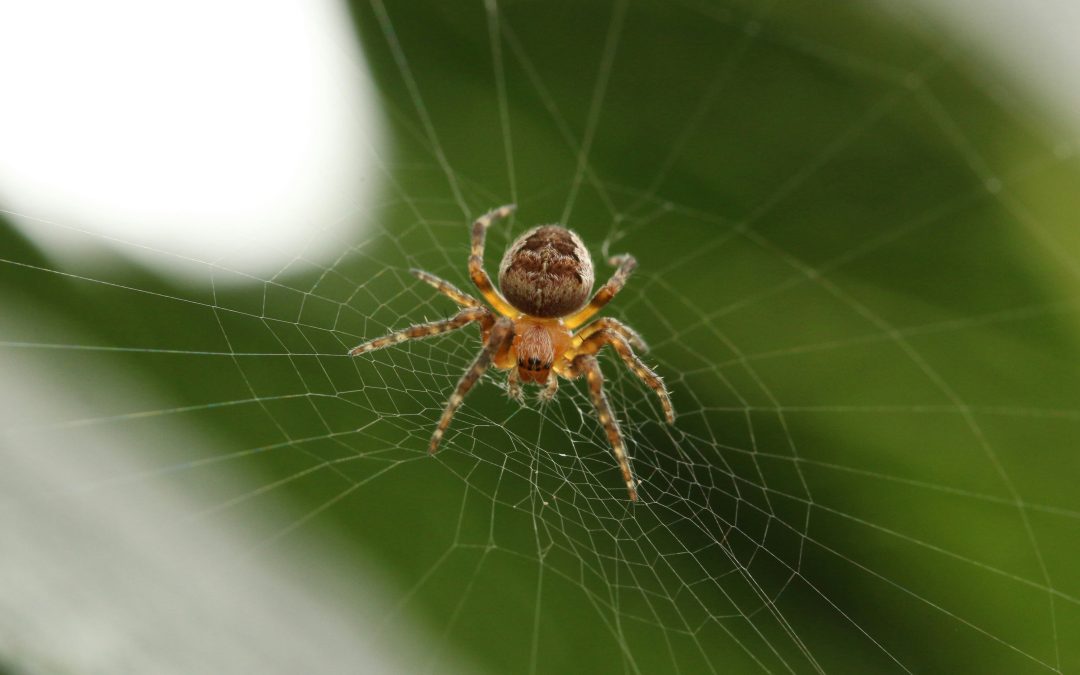There is light at the end
What is seasonal affective disorder?
It is normal to feel somewhat down during the winter months. It is a phenomenon that is often seen – especially in South Africans who live in countries such as Ireland where winter months mean longer nights and long periods without sunshine. For some this is a feeling than comes and goes, but when this happens frequently and for extended periods, it could be a sign of something more serious.
Seasonal Depressive Disorder (SAD) is characterised by symptoms that are repeatedly experienced every year, usually during winter and autumn. Experts believe the disorder is caused by the scrambling of the circadian rhythm – the 24-hour cycle of sleeping and being awake, which is regulated by sunlight. The disruption of the body’s biological clock not only affect sleep cycles, but also mood and hormone balance. Other sources suggest that a decrease of sunshine brings about a reduction in the amount of vitamin D that is produced.
Cases of SAD are usually prevalent in countries that are far north or south of the equator, because people experience bigger fluctuations in the amount of daylight in these countries. This is definitely something South Africans have to keep in mind when they emigrate to countries such as Ireland, Britain, Denmark, Canada, etc., especially if they are prone to mood disorders or genetically predisposed to suffer from mood disorders.
Symptoms and treatment
If you or anyone you know exhibit any of these symptoms during the winter months, it could be an indication that seasonal affective disorder is present:
- Depression
- Low energy levels
- Hypersomnia (too much sleep) or insomnia
- Carbohydrate cravings
- Tending to overeat and gain weight
- Interpersonal problems and social isolation
- Psychomotor agitation or impairment
- Concentration, thought and decision-making problems
- Reduced vitality
There are however certain contributing factors to be taken in account when diagnosing seasonal affective disorder. The person for instance has to experience two of these symptoms for five consecutive weeks. It is therefore important that anybody who suspects they are suffering from SAD obtains professional help in order to get the correct treatment for the disorder.
The good news is that seasonal affective disorder is treatable. Treatment includes phototherapy, medication and psychotherapy, but it is also important that individuals learn coping strategies. Luckily it is possible to enjoy mental wellbeing in these countries. Nordic countries such as Finland, Denmark, Norway, Iceland and Sweden have repeatedly made the list of happiest countries in the world according to the “World Happiness Report”, despite the fact that these countries are all located far north and experience long, dark winters.
Follow the Nordic people’s example
“Hygge” is a buzz word that reminds us there is light at the end of the dark winter tunnel. The word originates from Denmark: “a quality of cosiness and comfortable conviviality that engenders a feeling of contentment or well-being” (regarded as a defining characteristic of Danish culture). It can be loosely translated to other Nordic languages as “koselig” and “mys”.
Experts believe a person’s attitude is one of the most deciding factors in the fight against seasonal affective disorder, and it explains how the Nordic people manage to beat it. According to research conducted in the northern area of Norway by Kari Leibowitz, a PhD. candidate in Psychology at Stanford University, the Nordic attitude towards winter is that it is something to be enjoyed rather than endured. The research also suggested that people there stay active and spend time outdoors during the short periods of daylight, in order to curb mood disorders.
Of course, a positive attitude will not fix everything, but it is one way of controlling the winter blues before it turns into something more serious such as seasonal affective disorder. We want to urge other Saffas to get medical help should their symptoms get worse.









